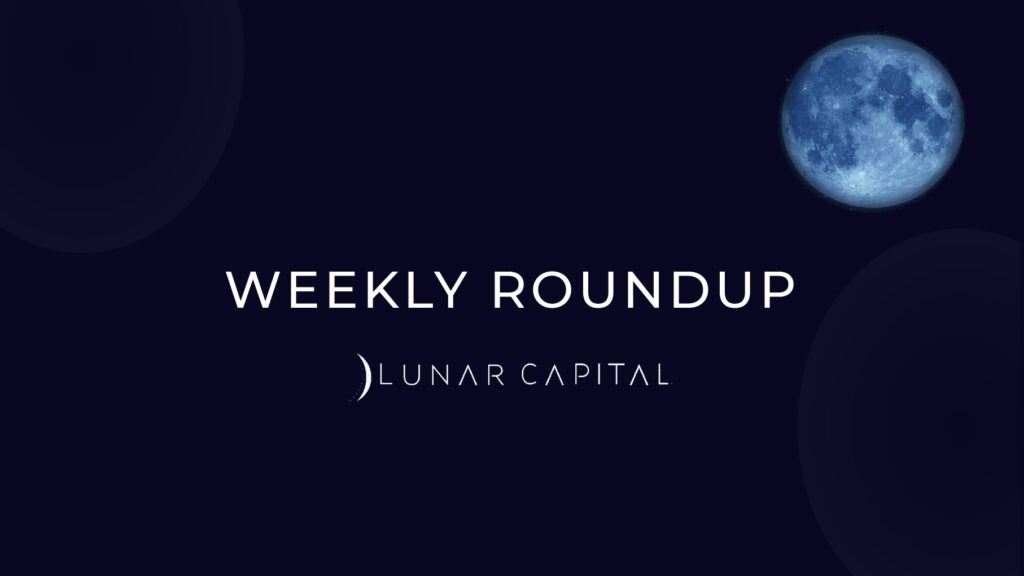Weekly Roundup 2022-11-18 – Walmart and Amazon

Last week, Walmart released their Q3 2022 results. Total revenue increased by 8.7% quarter on quarter to $152,8 billion.
Weekly Roundup 2022-10-21

Last week, ASML released their Q3 2022 results. ASML is an innovation leader in the semiconductor industry. They provide chipmakers with hardware, software, and services to mass produce patterns on silicon through lithography.
Weekly Roundup 2022-10-14

There has been a lot of talk in the news about how poorly the South African Rand (ZAR) has done this year. We think that is a misconception since it doesn’t necessarily tell the full story if we only compare how the Rand has performed against the US Dollar (USD).
Weekly Roundup 2022-10-07

Last week, AMD (Applied Micro Devices), a semiconductor (computer chip) manufacturer, released a preview of their Q3 report.
Weekly Roundup 2022-09-30

A few weeks ago, we looked at FirstRand and compared their results to some of the other banks that it primarily competes with in South Africa. This week, we shall take a look at Capitec.
Weekly Roundup 2022-09-23

Last week, we saw the central banks of the United States of America, United Kingdom and South Africa increase their respective interest rates.
Weekly Roundup 2022-09-16

Last Thursday, FirstRand released their 2022 year-end results. The group CEO, Allan Pullinger, commented that earnings for the group have recovered and are above the 2019 peak levels.
Weekly Roundup 2022-09-09

Last week, Shoprite Holdings (Shoprite) reported their full-year results for 2022. Revenue for the year was R184.1 billion, up 9.6% compared to the previous year.
Weekly Roundup 2022-09-02

Snowflake, a data cloud company, released their 2nd quarter 2023 results last week. Revenue for the quarter increased by 83% year-on-year to $466.3 million.
Weekly Roundup 2022-08-26

Snowflake, a data cloud company, released their 2nd quarter 2023 results last week. Revenue for the quarter increased by 83% year-on-year to $466.3 million.
